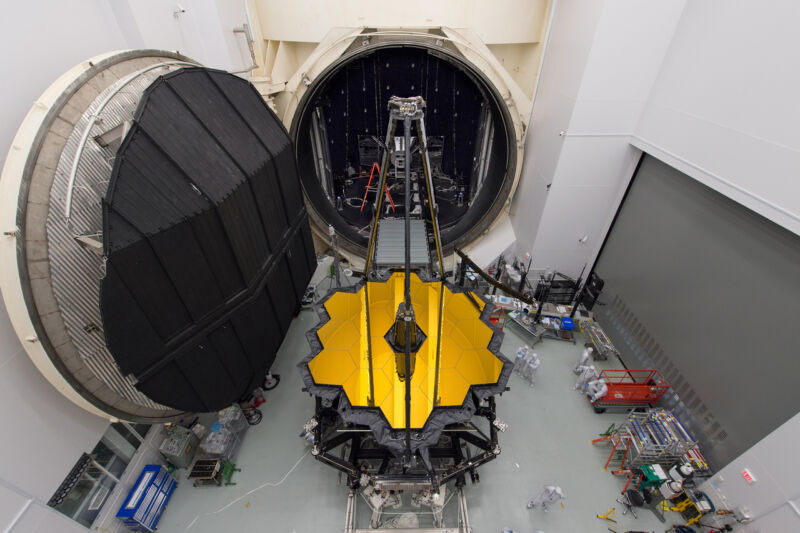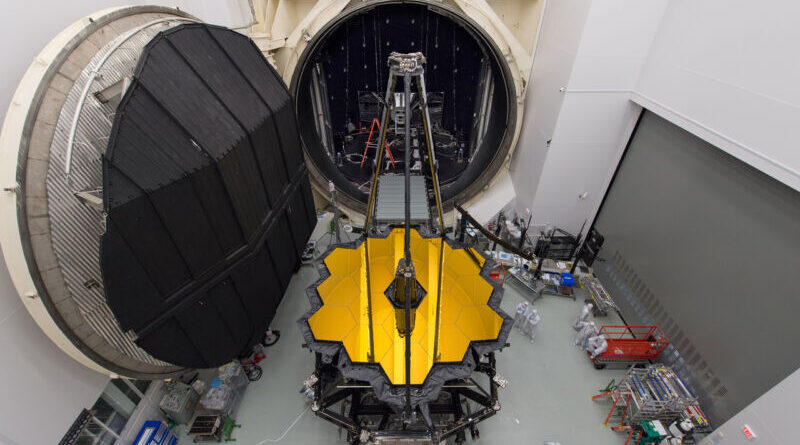Top officials say NASA facilities are among the “worst” they’ve ever seen

A group of independent experts reported this week that NASA does not have the money to maintain most of its decades-old facilities, may lose its engineering capabilities to the commercial space industry, and has a way short of technological progress.
“NASA’s problem is that it always has a $3 billion program over budget,” said Norm Augustine, chairman of a National Academies panel hired to review critical infrastructure, personnel and technology needed to meet NASA’s goals. long time of NASA. and intentions. Augustine said the same statement could apply to two previous high-level reviews of NASA’s space programs that he led in 1990 and 2009. But the report released Tuesday puts NASA’s position in a different light. .
Complaining about perishables
About 83 percent of NASA’s facilities have exceeded their design life, and the agency has a $3.3 billion maintenance backlog. Considering NASA’s estimate of $250 million for routine maintenance each year, it would take $600 million of NASA’s annual budget for infrastructure maintenance to hold t ‘retarded performance over the next 10 years.
For members of Congress or the White House, supporting a new NASA mission to the Moon or a space telescope to explore the depths of the Universe is often more attractive than investing in infrastructure maintenance. The first steps are handling topics and creating jobs. Most of NASA’s facilities across the country are rated “small to poor” in terms, according to a presentation to the National Academies last year by Erik Weiser,
“In the case of NASA, the unusual approach to the budget environment of prioritizing new missions rather than maintaining and improving existing support assets has resulted in infrastructure that could not be considered acceptable under most industrial conditions,” the team wrote. its report. “In fact, during its inspection visits, the committee saw some of the worst equipment many of its members had ever seen.”
Augustine said: “Since 2010, NASA’s budget for missions has increased by 8 percent. If you do a little math, it shows that every dollar in the mission support budget today has to support mission work 50 percent more than it used to. there in 2010, not long ago.”
NASA is dealing with these infrastructure shortfalls as the agency pursues the most challenging missions in its 66-year history.
“In terms of design complexity and technical complexity, NASA today—for example, in the Artemis program to land on the Moon a few years from now—is taking on challenges that far exceed anything that which focused on the Apollo program. ,” said Augustine.

All NASA facilities have facilities that the agency considers isolated, but the Johnson Space Center in Houston has the facilities with the worst ratings. Johnson oversees astronaut training and is home to NASA’s Mission Control Center for the International Space Station and future Artemis missions. The Jet Propulsion Laboratory in California, which develops and handles much of NASA’s robotics research, and the Stennis Space Center in Mississippi, which is used for rocket engine testing, are the only facilities without negative structural details.
This information covers things like facilities and services, not specific test equipment or the equipment inside them. “You can have a world-class microscope and lab equipment, but if the building goes down, that microscope is useless to you,” Weiser told the National Academies panel at a conference last year.
The panel recommended that Congress direct NASA to establish an annual reimbursable operating fund to pay for infrastructure repairs and improvements. Other government agencies use the same amount for infrastructure support. “This is something that will require federal legislation,” said Jill Dahlburg, a member of the National Academies panel and former director of the space science division at the Naval Research Laboratory.
#Top #officials #NASA #facilities #among #worst #theyve
